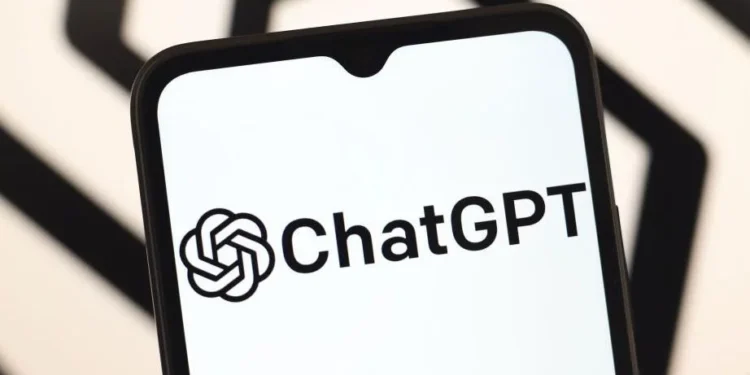OpenAI’s latest update to ChatGPT signals a major shift in how users interact with digital services. Instead of opening individual mobile apps, users can now chat directly with apps inside ChatGPT, bringing a unified experience to tasks like booking trips, designing graphics, or playing music.
At launch, the feature integrates popular services such as Booking.com, Canva, Coursera, Expedia, Figma, Spotify, and Zillow. Users can ask ChatGPT to perform an action, like finding flights, designing a poster, or searching for homes, and the relevant app responds inside the same chat. No switching, no installations, no app clutter.
This marks the beginning of a new interface model, one that could gradually replace the need to download or manage traditional apps altogether.
From App Stores to Conversations
Mobile devices have long revolved around app stores, icons to tap, pages to browse, and updates to install. ChatGPT’s new model simplifies all of that. Apps are embedded directly into conversation, available on demand.
This conversational layer changes the discovery process. Instead of searching for an app, users simply describe what they need. ChatGPT then activates the appropriate app automatically, handling everything on the chat interface.
The idea is to turn ChatGPT into a kind of operating system for the internet, a single interface where every service can live, accessible by conversation.
Why This Changes Everything
1. A Unified User Experience
Switching between multiple apps wastes time and breaks focus. With chat-based apps, all interactions stay in one place. You could plan a holiday, design a logo, and check a playlist all from a single chat window.
2. Smarter App Discovery
Apps no longer compete for space on your home screen. They surface naturally when needed. This not only improves usability but also levels the field for smaller developers who struggle to stand out in app stores.
3. Seamless Monetisation
OpenAI’s integration will eventually allow transactions inside ChatGPT. That means users can make purchases or bookings directly in chat, positioning the platform as both an assistant and a marketplace.
4. Personalised Interactions
Unlike static apps, ChatGPT apps can remember user preferences, context, and prior queries. This creates a smarter, more responsive experience that feels more like talking to an assistant than navigating menus.
The Limits of Chat-Based Apps
Despite the innovation, this new model won’t immediately replace traditional apps. Some experiences(such as gaming, advanced editing, or offline tools) still require the performance and control of native applications.
There are also questions about privacy and permissions. Users may hesitate to let a single platform mediate access to all their services. Developers, meanwhile, must rethink data security and app design to fit this conversational model.
Regulation could also play a role. If ChatGPT becomes a dominant app gateway, platform control and fair access will likely come under scrutiny.
A New Platform War
For developers and businesses, this evolution represents both an opportunity and a challenge. Integrating into ChatGPT could provide instant access to millions of users, but it also means building within OpenAI’s ecosystem and rules.
For consumers, it offers simplicity. One interface for everything. One assistant that connects you to all services.
But for tech giants like Apple and Google, it poses a strategic threat. If users start “talking” to apps instead of downloading them, traditional app stores could lose their central role in mobile computing.
A Future Beyond the App Icon
ChatGPT’s “chat-with-apps” feature is a step toward a post-app future. As conversational interfaces become smarter and more capable, many standalone apps may fade into the background, replaced by intelligent, integrated services.
For now, mobile apps remain essential. But the trajectory is clear: in the coming years, we may spend less time tapping icons and more time talking to our technology.














